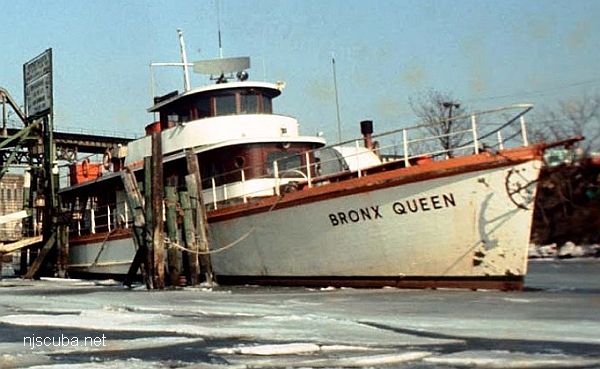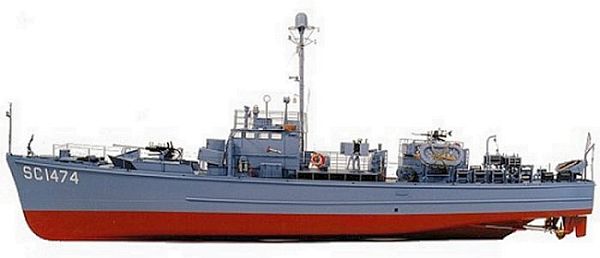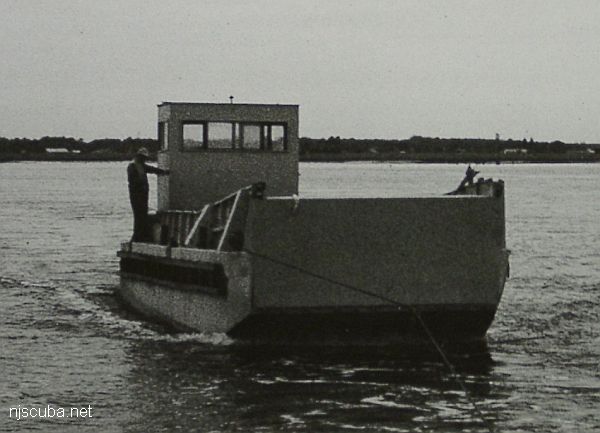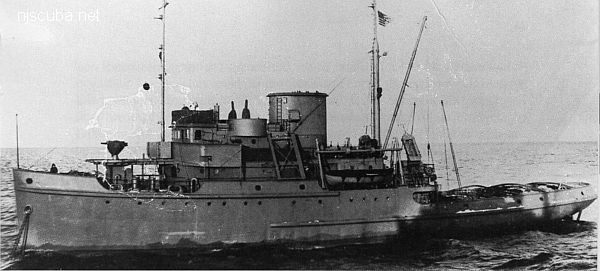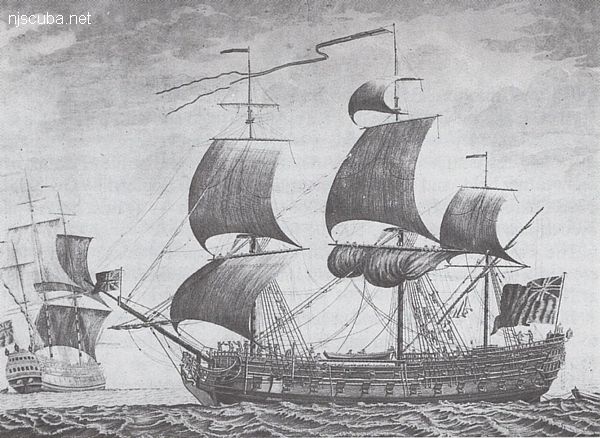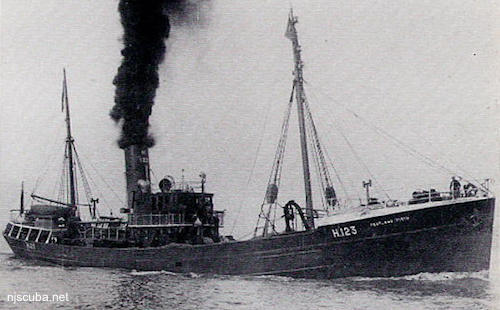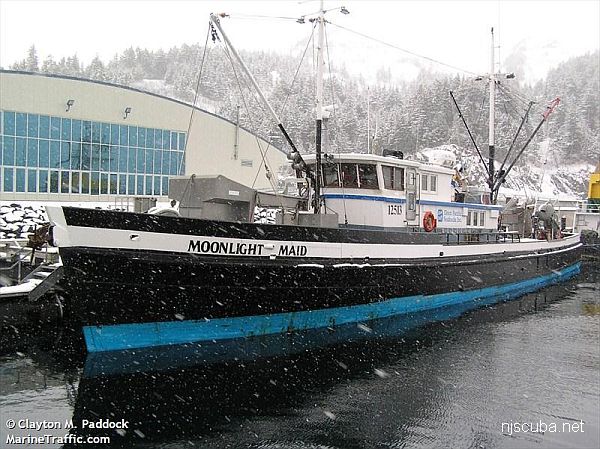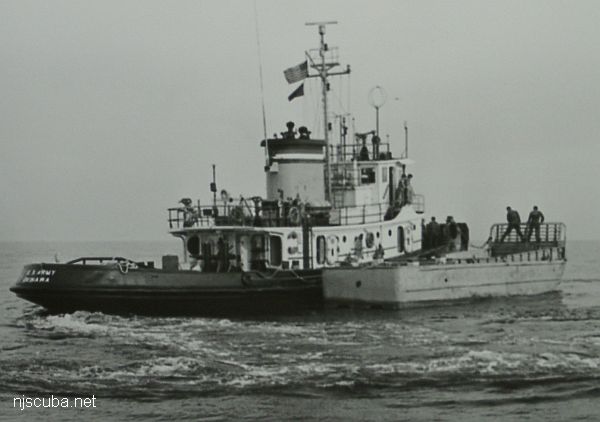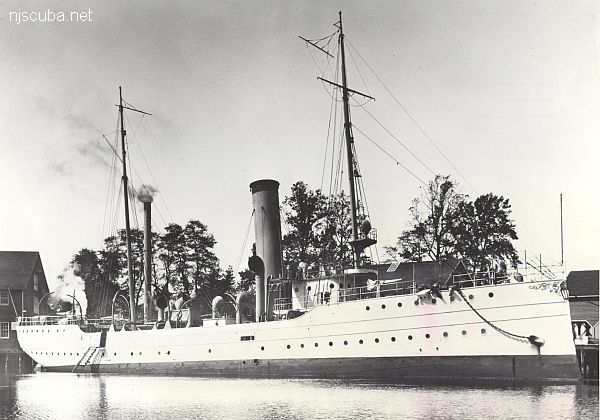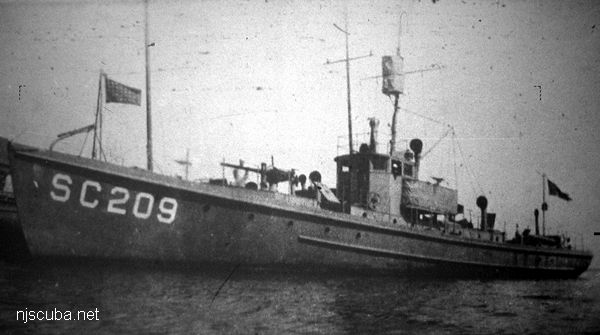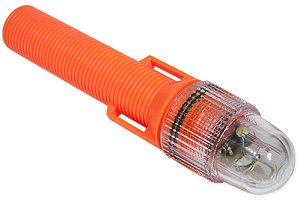Day or night, an inexpensive flashing strobe light hanging from the anchor chain will guide you home. At night, it may be the only thing that leads you back to the up-line, and even during the day, it is reassuring to look up and see it blinking in the distance. Under some conditions, it can relieve you of the need to use a wreck reel, something that any spearfisherman would appreciate.
In fact, the more strobe lights there are hanging from the anchor line, the better. The presence of your strobe light signals to other divers that you are still down. Don't get one of the miniature AA-powered models, get a big bright one that you can see from a distance through murky water. The tektite Strobe 300 (pictured) is the biggest and brightest model available, and probably the best for use in our murky waters.
More: Strobe Light ...
